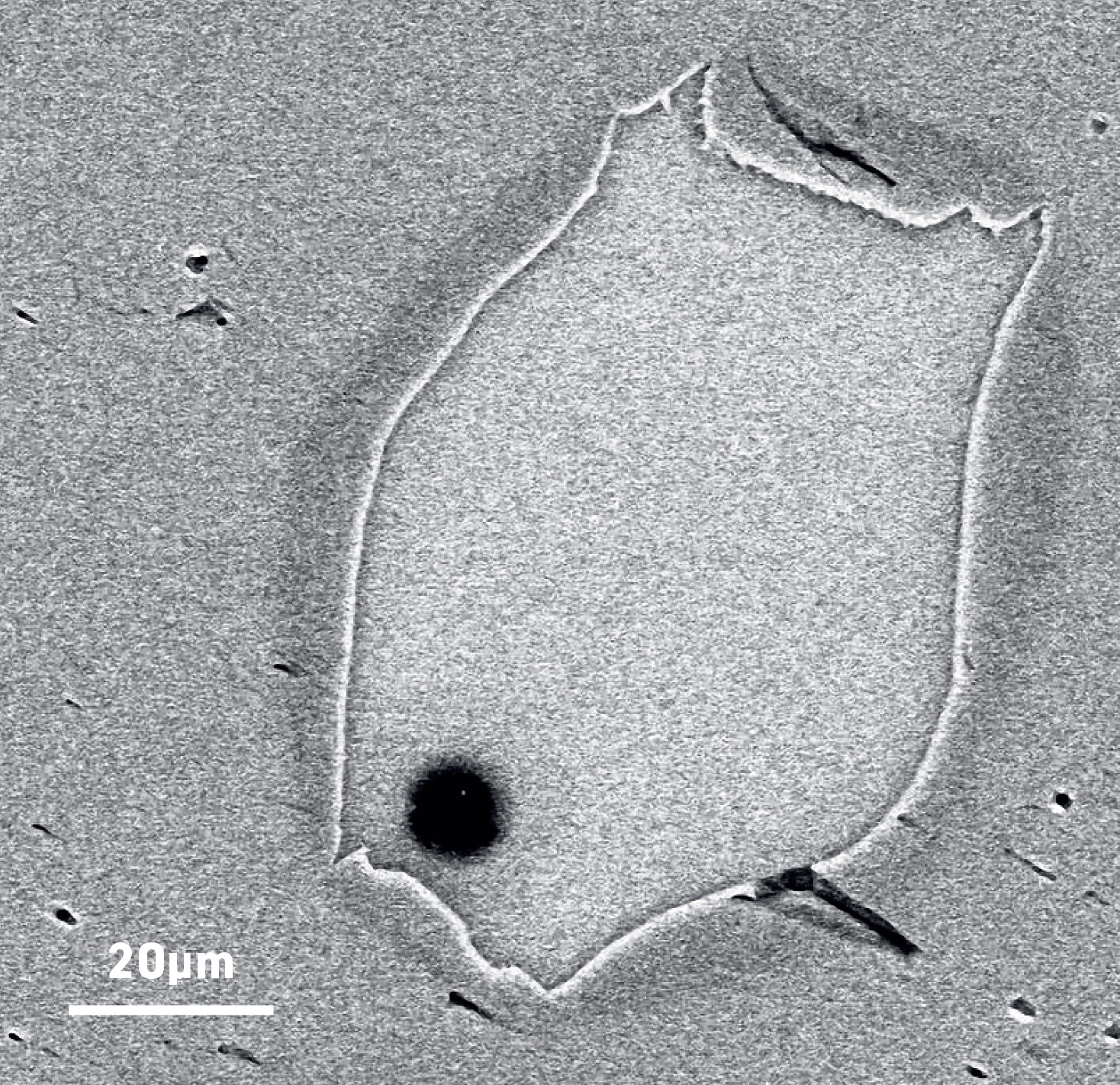Melt inclusions; microscopic droplets of magma, trapped by crystals growing in magma chambers provide clues about the original magma conditions and composition. However, melt inclusions often continue to crystallise around their edges, preferentially removing certain components. This changes the inclusions’
overall composition. By understanding the nature of the preferential crystallisation, scientists can better infer the original chemistry of melt inclusions and make inferences about how valuable metals are transported.
Matthew Valetich, Dr John Mavrogenes and Dr Richard Arculus at the Australian National University have done just that in their study of melt inclusions from magmas produced approximately 50 million years ago from two colliding tectonic plates, south of modern Japan. They used a combination of scanning electron microscopy, X-ray mapping, quantitative X-ray microanalysis and laser ablation inductively coupled plasma mass spectrometry, all available at Microscopy Australia’s Australian National University facility, the Centre for Advanced Microscopy.

A large melt inclusion inside a surrounding crystal. The inwardly concaved, uneven edges of the melt indicate significant overgrowth of the surrounding crystal since the entrapment of the melt inclusion. The melt inclusion would have formed a more oval shape.
Their analyses show that peripheral crystallisation can change the volume of melt inclusions by over 25%, affecting the chemistry significantly. This work enables better and more accurate recalculations of the original melt composition and this methodology enables direct measurements of otherwise unpreserved magmas and underpins our understanding of magmatic ore body formation.
July 26, 2017